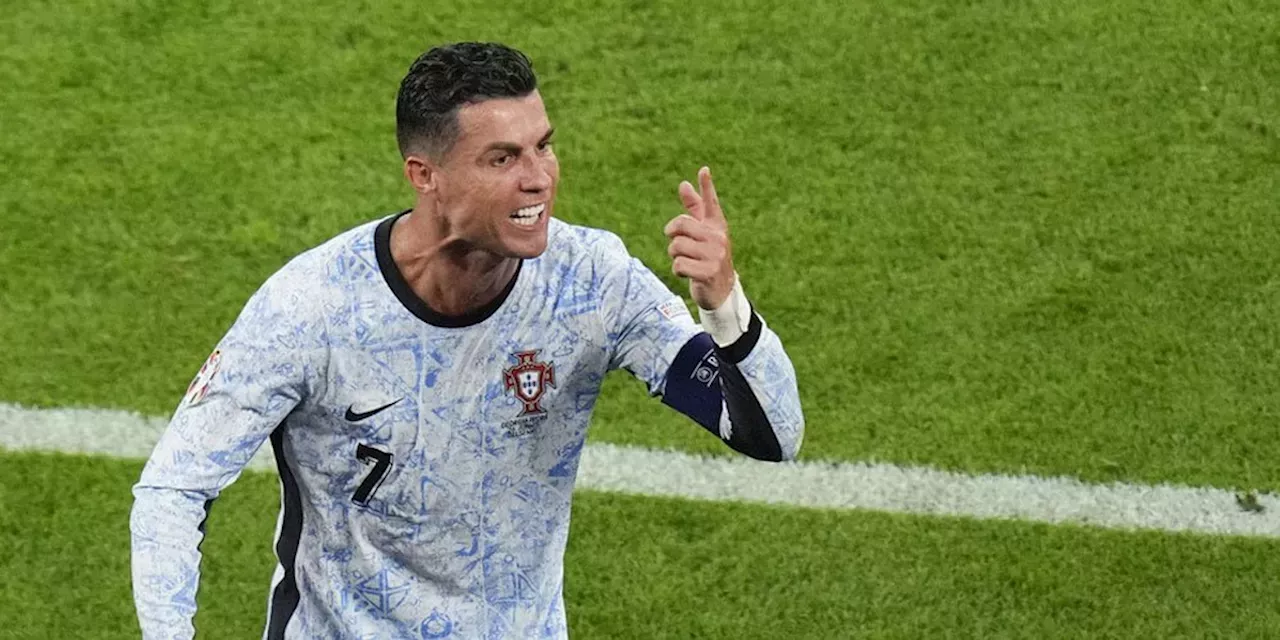Historical Context
:strip_icc():format(jpeg)/kly-media-production/medias/4878956/original/004314900_1719676711-Euro_2024_-_Portugal_Vs_Slovenia_copy.jpg)
Portugal vs slovenia – Portugal and Slovenia share a rich and diverse history that spans several centuries. Their relationship has been shaped by key historical events, political developments, and cultural exchanges.
The intense battle between Portugal and Slovenia kept us on the edge of our seats. As the match drew to a close, we couldn’t help but think about the upcoming clash between the United States and Uruguay. Tune in to watch USA vs Uruguay and witness another thrilling encounter.
The rivalry between these two nations promises an unforgettable spectacle. After witnessing the captivating display of skills in Portugal vs Slovenia, we’re eagerly anticipating the clash between the USA and Uruguay.
In the 15th century, Portugal played a significant role in the Age of Exploration. Portuguese explorers established trading posts and colonies along the coast of Africa and Asia, including in what is now Slovenia.
The match between Portugal and Slovenia was intense, but the news of Shilese Jones’ injury cast a shadow over the game. The injury came as a shock, and the thoughts of the players and fans alike turned to the young athlete.
As the game resumed, the players honored Jones’ spirit with their determination and resilience, a testament to the power of sportsmanship.
Timeline of Significant Historical Events
- 1415: Portuguese explorer Henry the Navigator begins his exploration of the African coast.
- 1488: Portuguese explorer Bartolomeu Dias rounds the Cape of Good Hope.
- 1498: Portuguese explorer Vasco da Gama reaches India.
- 1519: Portuguese explorer Ferdinand Magellan begins his circumnavigation of the globe.
- 16th century: Portugal establishes trading posts in Slovenia.
- 18th century: Slovenia becomes part of the Austrian Empire.
- 19th century: Slovenia experiences a period of national awakening.
- 1918: Slovenia becomes part of the Kingdom of Yugoslavia.
- 1941: Slovenia is occupied by Nazi Germany.
- 1945: Slovenia becomes part of the Socialist Federal Republic of Yugoslavia.
- 1991: Slovenia declares independence from Yugoslavia.
- 2004: Slovenia joins the European Union.
Economic Comparison: Portugal Vs Slovenia

Portugal and Slovenia, both members of the European Union, exhibit distinct economic profiles. Portugal, with a population of approximately 10 million, boasts a GDP of $239.5 billion, while Slovenia, with a population of around 2 million, has a GDP of $52.1 billion. In terms of GDP per capita, Portugal stands at $23,440, while Slovenia’s GDP per capita is $25,420.
Inflation and Unemployment
Inflation rates in Portugal and Slovenia have been relatively stable in recent years. Portugal’s inflation rate in 2022 was 7.8%, while Slovenia’s was 5.1%. Unemployment rates have also been comparable, with Portugal’s unemployment rate standing at 5.8% and Slovenia’s at 4.5% in 2022.
Trade Balance
Portugal’s trade balance has been consistently negative, with imports exceeding exports. In 2022, Portugal’s trade deficit was $19.2 billion. Slovenia, on the other hand, has maintained a positive trade balance, with exports exceeding imports. In 2022, Slovenia’s trade surplus was $6.1 billion.
Strengths and Weaknesses
Portugal’s economy is characterized by strengths in tourism, renewable energy, and manufacturing. However, it also faces challenges related to high public debt and a relatively low level of productivity. Slovenia’s economy is known for its strengths in manufacturing, automotive, and pharmaceuticals. However, it is also vulnerable to external economic shocks due to its small size and export-oriented nature.
Cultural Exchange
Portugal and Slovenia, despite their geographical distance, share a rich cultural heritage and common values. Exploring their cultural similarities and differences provides opportunities for exchange and collaboration, fostering mutual understanding and appreciation.
Languages, Portugal vs slovenia
Portuguese and Slovenian are both Indo-European languages, but they belong to different branches. Portuguese is a Romance language, descended from Latin, while Slovenian is a Slavic language, related to Russian, Polish, and Czech. Despite these differences, both languages have been influenced by neighboring cultures and share some similarities in vocabulary and grammar.
Religions
The majority of Portuguese people are Roman Catholic, while the majority of Slovenes are Catholic or non-religious. Both countries have a history of religious tolerance, and there are significant minorities of other religions, including Protestantism, Islam, and Judaism.
Traditions
Portugal and Slovenia have distinct traditional customs and festivals. In Portugal, the most famous tradition is Fado, a melancholic folk music style that is often accompanied by dancing. In Slovenia, the most famous tradition is Kurentovanje, a carnival festival that features masked figures and traditional music.
Art Forms
Both Portugal and Slovenia have a rich artistic heritage. In Portugal, the most famous art forms are azulejos, decorative ceramic tiles that are often used to decorate buildings, and Baroque architecture. In Slovenia, the most famous art forms are Impressionism, a style of painting that emphasizes light and color, and Art Nouveau architecture.
Opportunities for Cultural Exchange
There are many opportunities for cultural exchange between Portugal and Slovenia. One possibility is to organize joint cultural events, such as art exhibitions, music festivals, and film screenings. Another possibility is to establish student exchange programs, allowing students from both countries to study and learn about each other’s cultures.